At USTC, you are able to access a broad spectrum of advanced research facilities, which make the most challenging research viable. In addition to the large number of instruments distributed among the departments and research groups, the university established a central experimental infrastructure that serve multiple academic disciplines - Public Experimental Center, containing six components:
The Public Experimental Center of USTC was founded in 2000, jointly supported by the "985" project and "211" project special funds of the Ministry of Education, the special funds of the Chinese Academy of Sciences, and the USTC self-financing, as one of the innovative initiatives that help develop the USTC into a world-class research university.
Based on centralized investment and management, and in pursuit of the optimized utilization of resources and the maximized scope of services, the center has been playing a more and more important role in facilitating frontier interdisciplinary research of the USTC.
At present, the Public Experimental Center has more than 200 pieces of large and medium-sized instruments (sets) each worth 100,000 RMB or above, with a total value of 203 million RMB, run by a strong group of skilled professionals and technical staff.
Experimental Center for Physical and Chemical Sciences
The center is able to carry out substantial physical and chemical analyses, such as qualitative, quantitative, structural and physical property analysis of the organic ingredients; qualitative and quantitative analysis of the inorganic ingredients; phase and phase transition analysis; crystal lattice, orientation and fine structure analysis; solid surface morphology, density and film thickness analysis; measurement of the chemical state of the elements; thermal analysis, etc.
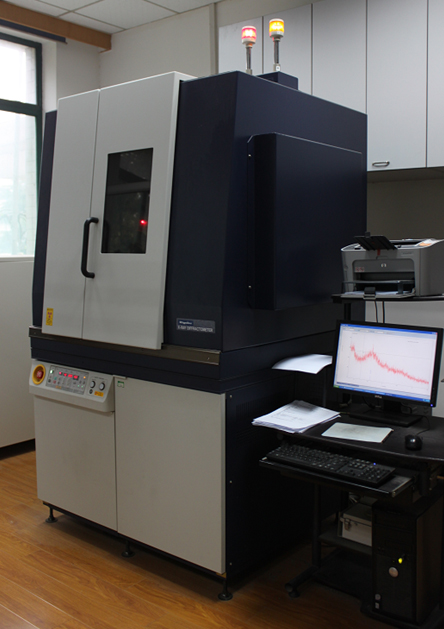
Sample Level High-Power X-ray Powder Diffractometer
Experimental Center for Life Sciences
The center has more than 70 sets of advanced equipments, with a total value of over 50 million RMB, which include NMR spectrometer (500MHz, 600MHz, 700MHz), biological macromolecular interaction system (BIACORE 3000), Isothermal titration calorimetry, SLuCut microdissection system, LC and GC-MS, rotating anode-X-ray and diffraction data acquisition systems, laser scanning confocal microscopy, flow cytometry, protein and DNA sequencer, 128-channel EEG instrument, a variety of liquid chromatographs (LC), spectrometer, radioactive detector, as well as ancillary equipments. They are able to separate and purify a variety of biological macromolecular structures and cells, and conduct qualitative and quantitative research and analysis.
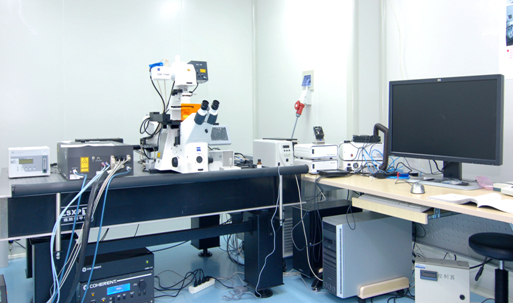
Confocal Laser Scanning Microscopy
Experimental Center for Engineering and Materials Sciences
The center includes eight laboratories, able to carry out material testing and material structure analysis, geometric measurement, flow and fluid measurement, thermal analysis and low temperature biological analysis, engineering software and structural analysis, optical measurements, the preparation and testing of microsystems, detonation and high-speed crash, etc. The center has promoted the advantages of the USTC engineering science in the field of mechanical behavior of materials, material design, complex flow, precision measurement and control, and renewable energy research. It also strengthens the interdisciplinary research associated with material sciences, biotechnology, information sciences, environmental sciences and other disciplines.
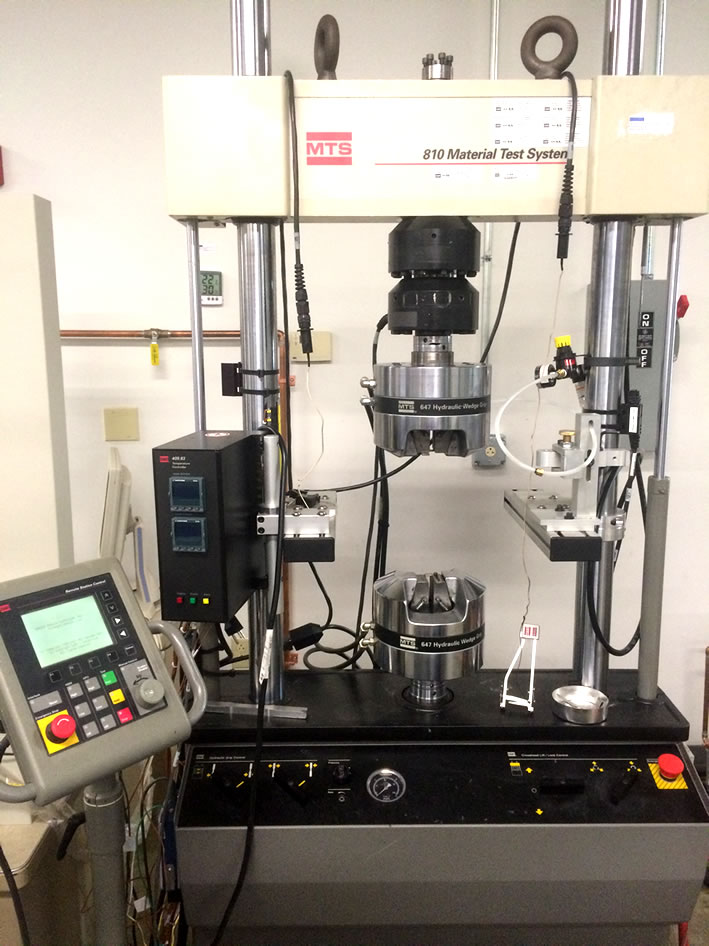
MTS Material Testing System (MTS810 system)
Experimental Center for Information Sciences
The center is equipped with the five major system platforms as below:
- System-on-chip design and EDA platform
The platform is equipped with servers, high-performance workstations, network access equipments, hardware test and analysis equipments and other advanced equipments. Cadence's full suite of EDA software products are implemented, which can be used for the design and research of the LSI.
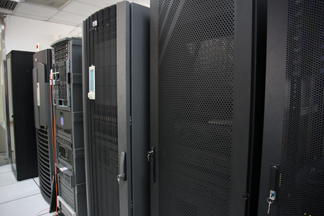
System-on-Chip Design and EDA Platform
- Platform for design and test of advanced network communications
The platform is constituted of a line of critical instruments on communications testing, which form a nearly complete, full-featured cycle for general-purpose development, simulation and testing. It is able to realize microwave baseband signal generation, carry out the analysis, testing, research and development of optical communication systems and network communication systems. It can also be used to support education and experiments on mobile communications.
- Software test platform
The platform is the evaluation base of the Anhui Provincial Software Testing Center.
- Intelligent sensing, control and computing platform
The platform is equipped with globally advanced facilities on robot research and experiments, which has helped USTC to achieve significant breakthroughs in the large national scientific projects.
- Automation and control platform
The platform consists of a continuous distillation tower, a water level temperature control system, a field bus demo system and other components. It can be used in education and research on adaptive control, predictive control, online optimization of control, system modeling and simulation, and robust control of multivariable.
Supercomputing Center
The center is established to serve the needs of various disciplines in theoretical calculations that require dense, ultra-large-scale high-performance computing, such as mathematics, physics, chemistry, earth science, astronomy, space science, life science, materials science, fire science, quantum information science and others.
The center has developed into a platform with six server clusters that provides a great diversity of services. These servers can conduct high-performance computing for the electronic states of the microscale materials, the control and application of spin states, the nature and selected control of chemical reaction, the environmental effects of the interaction between the Earth's spheres, protein networks and cellular activities, renewable clean energy, network research and grid computing, quantum information sciences, etc.
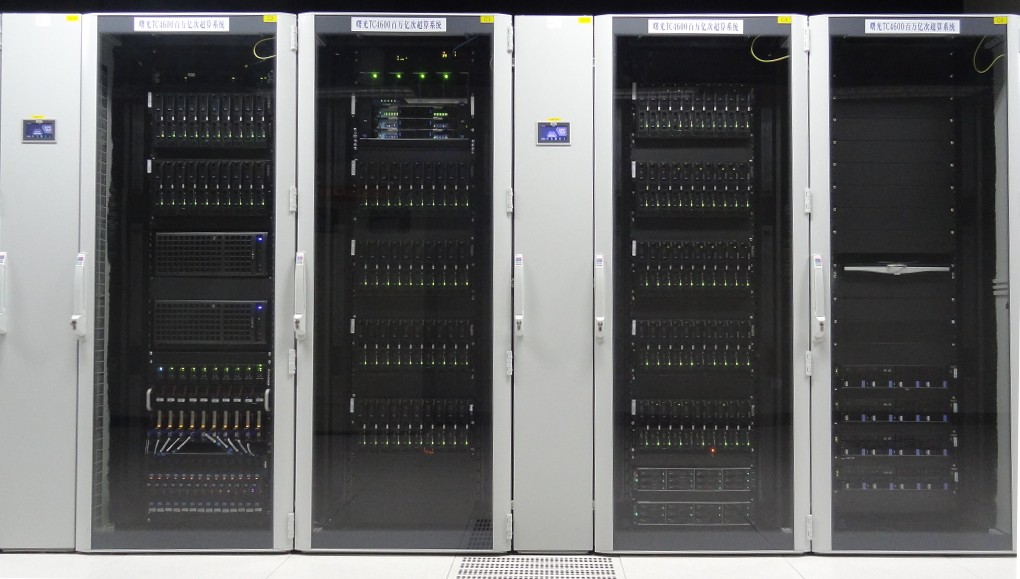
Sugon High Performance Computing Cluster (double-precision peak of 105 trillion operations per second)